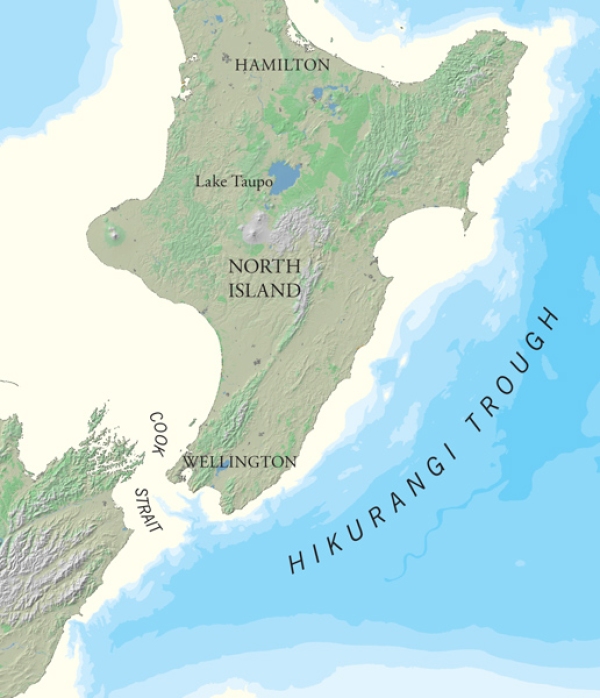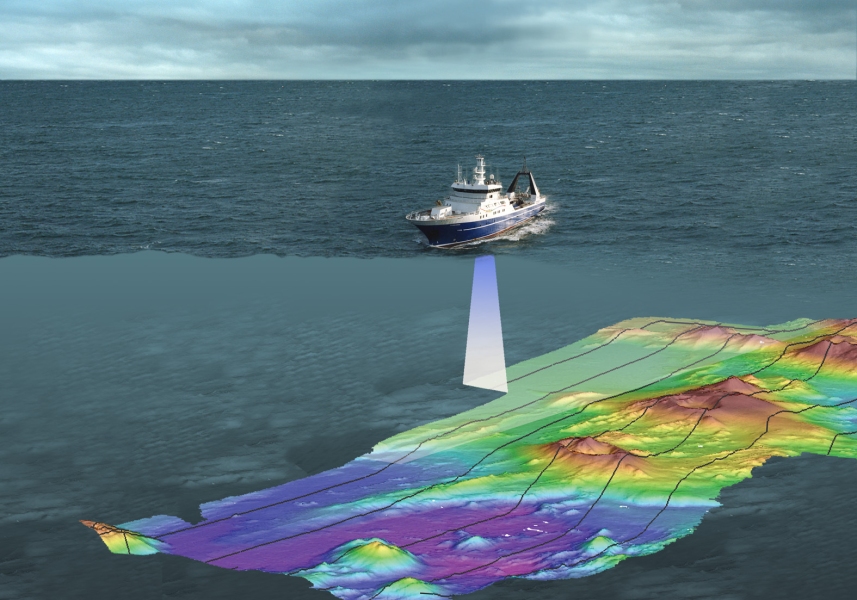New Zealand's largest research vessel Tangaroa sets off today to map, in high resolution detail, the southern Hikurangi Margin - a vital area of seabed off the east coast of New Zealand.
The voyage is part of the Ocean Survey 20/20 project, a 15-year Government project, established in 2004, to survey and explore New Zealand's oceans, to better manage and sustainably develop their resources.
The Hikurangi Margin, which runs from East Cape to Kaikoura, is one of New Zealand's most unique underwater landscapes and includes the continental plate boundary. Understanding this deep sea realm is extremely important as it hosts many submarine canyons, landslides and tectonic faults (earthquake sources), includes many critically important biological habitats, and may be a location of New Zealand's future energy reserves.
This is the last leg of three voyages funded by NIWA and will complete a large effort to map the seafloor through high resolution multibeam data from Cook Strait to Banks Peninsula.
For the first time detailed images of the dramatic seafloor landscape of the Southern Hikurangi Margin continental slope and northwestern Chatham Rise area will be revealed. Approximately 1500km of multibeam data in 5km wide swaths will be collected and an estimated 8000 km2 of seabed newly mapped.
Detailed bathymetric images brought back from the voyage will help scientists analyse tectonic and sedimentary processes in the area, which will assist with natural hazards research and risk management, as well as providing information on potential future exploration options such as hydrocarbons.
"We are very excited to see the details of this intriguing and exciting seafloor environment for the first time. There are massive landslides up to 4,000 ha, 100 m high fault scarps, and a vast network of submarine canyons with sediment dunes that can tell us how sediment moves through these deep ocean "river systems," says NIWA marine geologist Dr Joshu Mountjoy.
"This final leg of mapping will complete imaging of the vitally important head area of the 2000 km Hikurangi Channel system. Scientists have been working on this fascinating feature for over 30 years, and it is now that we will finally be able to see all the details to help us understand what is happening in this critical part of New Zealand's undersea environment."




